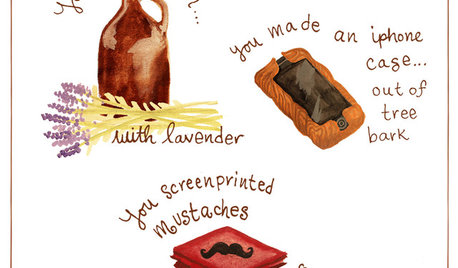Yesterday I brought my monarch cube into work. I had a monarch chrysalis and two BST chrysalises that were ready to eclose. After lunch, I went to talk to my boss and was away from my desk for about 45 minutes. When I came back, I saw the monarch had eclosed and was in a crumpled heap on the opposite side of the cube. I like using mesh cubes in case a butterfly falls. I know that a healthy butterfly really shouldnt fall but I am sure there are times when it happens. I have no idea how long this one had been there. I picked her up and put her at the top of the cage so she could dry her wings. It was then that I noticed that she was missing a leg. Her wings did not inflate like they were supposed to, but her wings were not crumpled either. They were more like floppy. I dealt with OE last year and the butterflies' wings were so crumpled you couldnt even tell what sex the butterflies were most of the time. This one looked more like a butterfly that was in the process of drying its wings. I put her outside today and hoped that the sun might somehow help dry her wings as they were still floppy.
I was out of milkweed so when I came home I thought it best to gather more milkweed before checking on the butterfly from yesterday. I didnt want to risk touching her if she was still in the garden before feeding the caterpillars.
When I was able to check on her, I found her dead in the plants. I took her out to the trash can as I didnt want an infected butterfly around. Such an undignifed end for a beautiful butterfly:( My friend thought I was nuts because I made him open the door for me. I didnt want to touch the door after touching the butterfly. I felt like a surgeon who scrubs up and cant touch anything. Only this was the reverse, I was afraid to touch anything and get OE spores on them.
Which leads me to the question of how on earth do you sterilize everything you came in contact with? I was looking at information on OE yesterday on google, and there were two different articles with totally different viewpoints. Wikipedia states that the spores are on the butterflies abdomen but are dormant. Monarch Watch had an article saying they took 10 infected males and mixed them with 10 uninfected males and let them nectar together. At the end of the experiment, 75% of the originally uninfected males had gotten OE. I know that when an infected female oviposts, she is getting spores on the leaves. Once the caterpillar hatches and eats the spores, it is doomed to get OE too. But Wikipedia made it seem less transferrable than the Monarch Watch article.
The female monarch who had eclosed and died was the last one in that cube so I can at least sterilize the cube. But I thought I should check on my other cube where I had all the caterpillars that pupated after her go. Sure enough one of the chrysalises was turning brown so I removed it. I started looked at the other chrysalises suspiciously. I couldnt tell if one had a brown spot or I was seeing a shadow.
There seems to be so much different information out there and some of it either contradicts other information or makes it unclear how transmittable OE is. Assuming the butterfly that died had OE, and assuming that bleach is the only way to get rid of spores, how am I supposed to safely handle the caterpillars? It would stand to reason that I got spores on myself. I obviously can only wash my hands with antibacterial soap and water. I can not bleach my hands! That is why I chose to gather milkweed and feed the caterpillars before checking the female in my garden.
I know I have gone through about half a bottle of antibacterial soap in the last couple of days. None of the articles seem to address the question of whether or not spores can rub off on inanimate objects such as door handles and if so how long they remain on them. This is very frustrating to me as I can not fight something I do not truly understand and the articles I have found do not address these types of questions.














sandwhy
gwynne2006Original Author
Related Discussions
Do you think this is OE?
Q
OE or normal?
Q
new: mnf: april fools swap! - sign ups
Q
OE/Windows Live Mail
Q
kek19